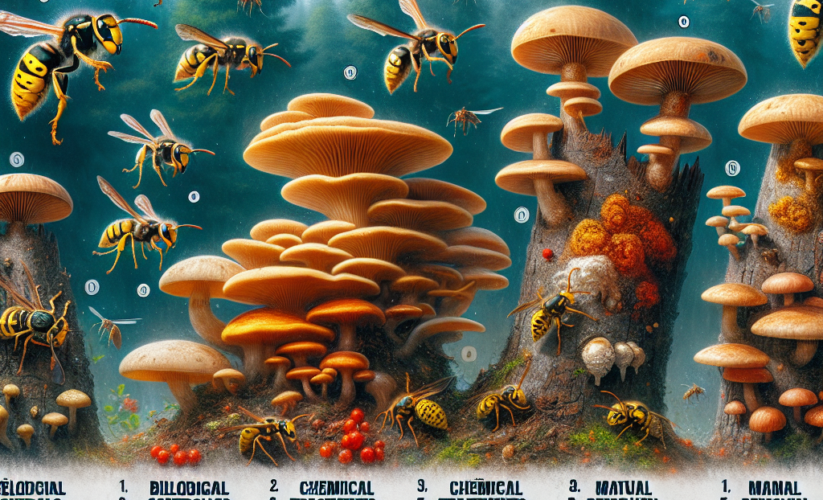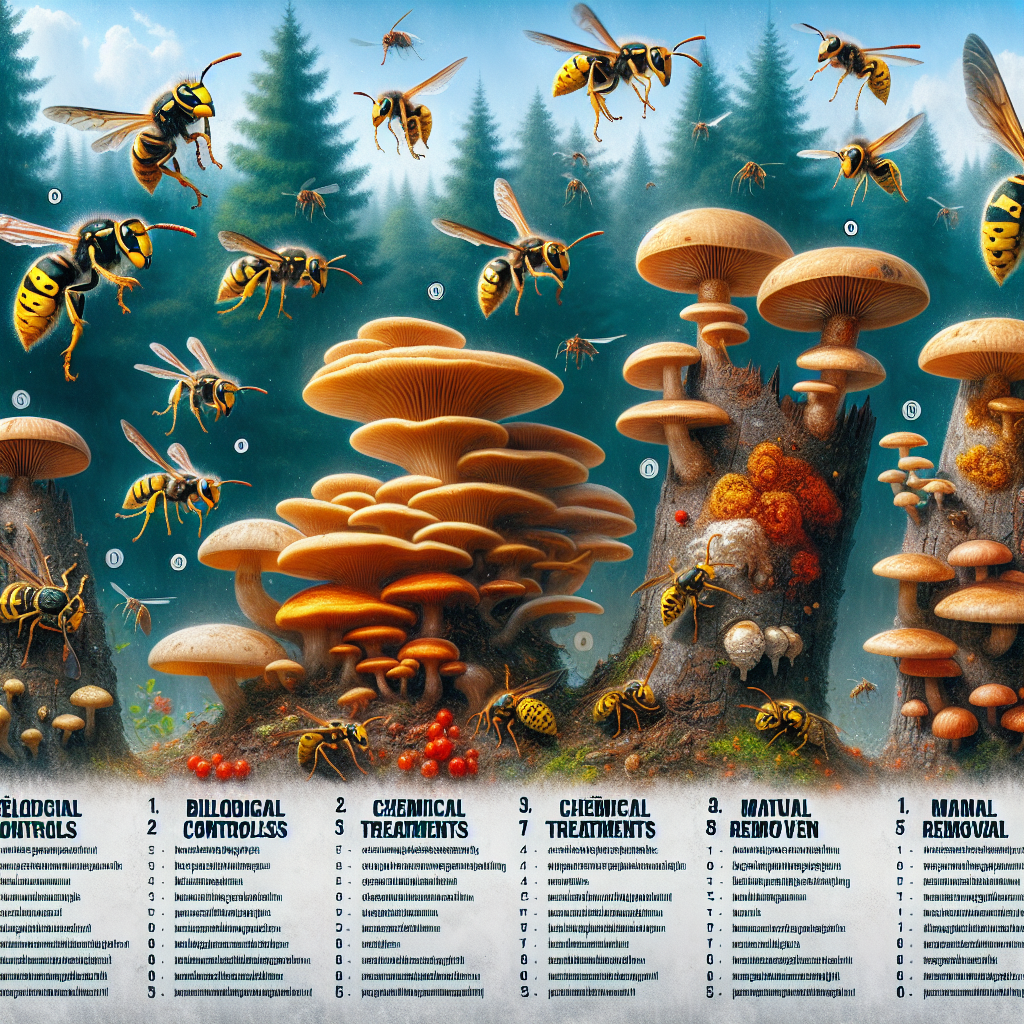
Unlock the Secret to Effective Hornissenschimmel Control: 7 Proven Techniques
Hornissenschimmel: Understanding and Managing This Unique Fungal Species
What is Hornissenschimmel?
Hornissenschimmel, also known as hornet mold, is a fascinating fungal organism that often thrives in environments shared by hornets. Its unique characteristics can be intriguing to both researchers and the general public. This mold typically appears in damp and dark areas, where it can grow on organic matter. Understanding the biology of **hornissenschimmel** is crucial for anyone interested in mycology or ecology. For example, this mold can play a role in the decomposition of organic materials, contributing to nutrient cycling within ecosystems. As we explore further, we will delve into the various aspects of this mold, including its lifecycle, habitat, and management strategies.
Lifecycle of Hornissenschimmel
The lifecycle of **hornissenschimmel** is intricate and involves multiple stages. Like many fungal species, it begins with spore germination, where the microscopic spores settle in a suitable environment. Once conditions are favorable—typically in moist settings—the fungal hyphae begin to develop. This stage can last anywhere from a few days to several weeks, depending on environmental factors such as humidity and temperature. As the hyphae mature, they form a mycelium network that can significantly expand, breaking down organic matter and absorbing nutrients.
One interesting aspect of hornissenschimmel is its mutualistic relationship with hornets, as it often grows in nests. The waste from hornets can provide vital nutrients for the mold, creating a symbiotic ecosystem. In subsequent sections, we will explore more about its habitat and the best practices for managing hornissenschimmel.
Habitat and Distribution
Hornissenschimmel typically thrives in areas where hornets are prevalent. This includes forested regions, gardens, and fields that provide plenty of organic material. The mold tends to flourish in humid conditions, which are conducive to its growth. It is particularly common beneath decaying leaves, compost heaps, and even inside festering hornet nests. Fascinatingly, the presence of **hornissenschimmel** can signal a healthy ecosystem, as it indicates that decomposition is actively happening, which contributes to soil fertility. Understanding the distribution of this fungus is critical for ecologists studying biodiversity and ecosystem health.
Management of Hornissenschimmel
While **hornissenschimmel** can contribute beneficially to its environment, its growth may sometimes need to be managed, especially in residential areas where mold can pose a nuisance. To effectively manage hornissenschimmel, it is essential to maintain dry conditions and minimize organic waste accumulation around the home. For instance, homeowners can rake leaves regularly and clear debris that can trap moisture. If it becomes necessary to remove mold colonies, it’s advisable to wear protective gear, as some fungi can be harmful if inhaled. Additionally, collaborating with a pest control professional can offer tailored solutions for managing this unique mold without adversely affecting local ecosystems.
Practical Examples and Case Studies
One practical example of managing **hornissenschimmel** occurs in urban gardens that have experienced mold outbreaks due to high humidity levels. Gardeners reported issues with visibility due to the dense mold, prompting them to adopt better lawn maintenance practices. By reducing organic material and improving airflow, they successfully minimized the fungus’s growth.
Another case involved a local community park where **hornissenschimmel** thrived in the compost area. The park management decided to install better drainage to prevent excess moisture, which resulted in a healthier park ecosystem overall. These examples illustrate the application of proactive management strategies in controlling hornissenschimmel effectively.
Common Symptoms and Identifying Hornissenschimmel
Identifying hornissenschimmel can sometimes be tricker than one might expect. The mold typically appears as a greenish or yellowish tint covering organic materials. Symptoms of a hornissenschimmel outbreak can also manifest as odors associated with decay. If observed, it’s crucial to confirm the presence of the fungus through spore sampling or by consulting with mycologists. Effective identification not only assists in management but also ensures that beneficial fungal species are not indiscriminately removed from ecosystems.
Health Implications of Hornissenschimmel
While hornissenschimmel has some beneficial roles, it can also pose health risks, particularly for individuals with mold allergies or respiratory issues. spores can become airborne, leading to potential inhalation. Symptoms may include sneezing, coughing, and in severe cases, respiratory distress. It’s important for those sensitive to molds to take precautions when dealing with hornissenschimmel. Avoiding disturbance of the mold and keeping ventilation high can help mitigate these risks.
Key Takeaways
- Hornissenschimmel is a unique mold typically found in habitats shared with hornets.
- Its lifecycle involves spawning and thriving in moist environments.
- Effective management involves maintaining dry conditions and clearing organic debris.
- Identifying the presence of hornissenschimmel can help prevent health issues.
FAQ
1. How can I identify hornissenschimmel in my home?
Identifying hornissenschimmel typically involves looking for greenish or yellowish patches of mold on damp organic matter. If you suspect its presence, consider conducting a spore sampling or reach out to professionals in mycology for accurate identification.
2. What environmental conditions does hornissenschimmel thrive in?
Hornissenschimmel thrives in humid and damp environments, especially where organic materials are plentiful, such as compost piles or decaying plant matter. Maintaining reduced moisture levels is key to controlling its growth.
3. Are there health risks associated with hornissenschimmel?
Yes, hornissenschimmel can pose health risks to individuals with mold allergies or weakened immune systems. Airborne spores can cause respiratory symptoms, so it’s advisable to take safety precautions if you have sensitivities.
4. What steps can I take to manage hornissenschimmel in my garden?
To manage hornissenschimmel in your garden, ensure proper drainage, reduce organic debris, and maintain airflow. Regular upkeep will help minimize potential mold growth and promote a healthier gardening environment.
5. Can hornissenschimmel benefit the ecosystem?
Absolutely! Hornissenschimmel plays a vital role in breaking down organic matter and contributing to nutrient cycling. It helps enrich the soil, making it beneficial for plant growth in the surrounding ecosystem.
